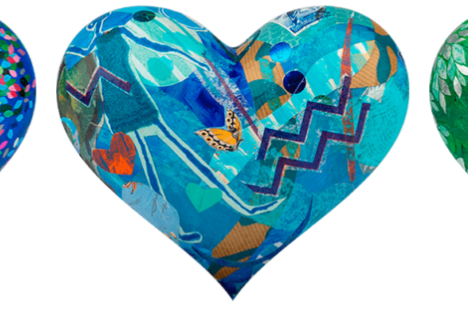Top Reasons Why Nonprofit Major Donor Qualification is Essential
While you no doubt want donors of all sizes, you especially want loyal donors who make above average size gifts. Because that’s where you’ll get the greatest return on your investment. Today, let’s talk about major donors. Why? They account for the lion’s of all contributed income. Studies show over 88% of all…
Details

